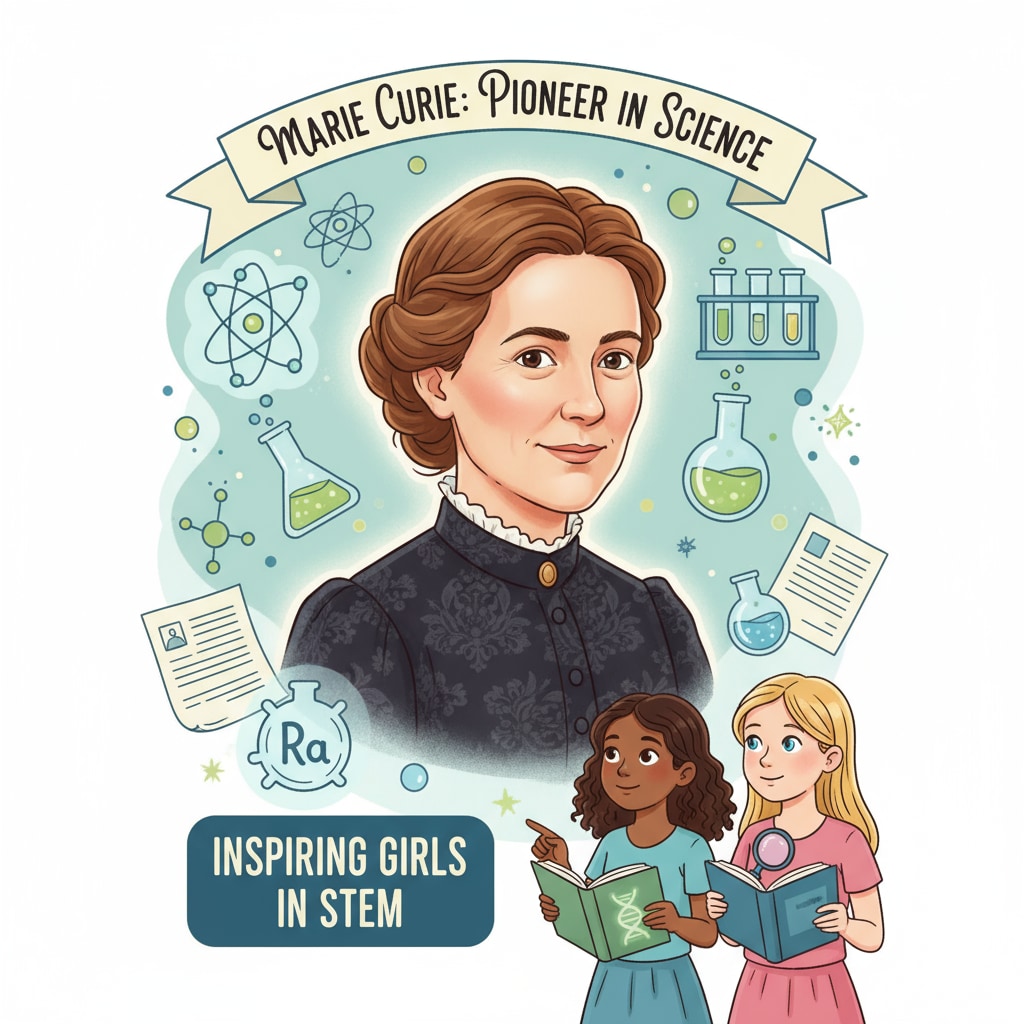In the realm of STEM education, understanding gender differences and implementing effective teaching strategies for girls is crucial. There has long been a disparity in the participation and achievement of girls in math and science disciplines. This article aims to shed light on the unique learning characteristics of girls in these fields and provide actionable teaching strategies.
Understanding Girls’ Learning Characteristics in STEM
Girls often bring distinct learning styles to STEM subjects. For example, they tend to be more collaborative learners. A study on gender differences in learning by the American Psychological Association shows that girls are more likely to engage in group discussions and seek consensus. In a science laboratory setting, girls might work together to analyze data, sharing different perspectives and ideas. This collaborative nature can be harnessed to enhance their understanding of complex scientific concepts.

Overcoming Gender Stereotypes in STEM Education
Gender stereotypes pose a significant obstacle to girls’ success in STEM. From an early age, societal messages can imply that math and science are male-dominated fields. However, educators can play a vital role in challenging these stereotypes. By highlighting female role models in STEM, such as Marie Curie, girls can be inspired. According to Wikipedia, Curie’s groundbreaking work in radioactivity not only advanced scientific knowledge but also served as an example for generations of girls interested in science. Teachers can incorporate stories of such women into their lessons to show that girls can excel in these areas.

In addition to role models, creating an inclusive classroom environment is essential. This includes using gender-neutral language, providing equal opportunities for all students to participate in STEM activities, and offering support tailored to girls’ needs. By doing so, we can help girls overcome self-doubt and build confidence in their STEM abilities.
Readability guidance: We’ve used short paragraphs to make the content easy to digest. Each H2 has a clear point, and we’ve incorporated external links to reliable sources. Transition words like “however” and “in addition” help the flow of the article.


